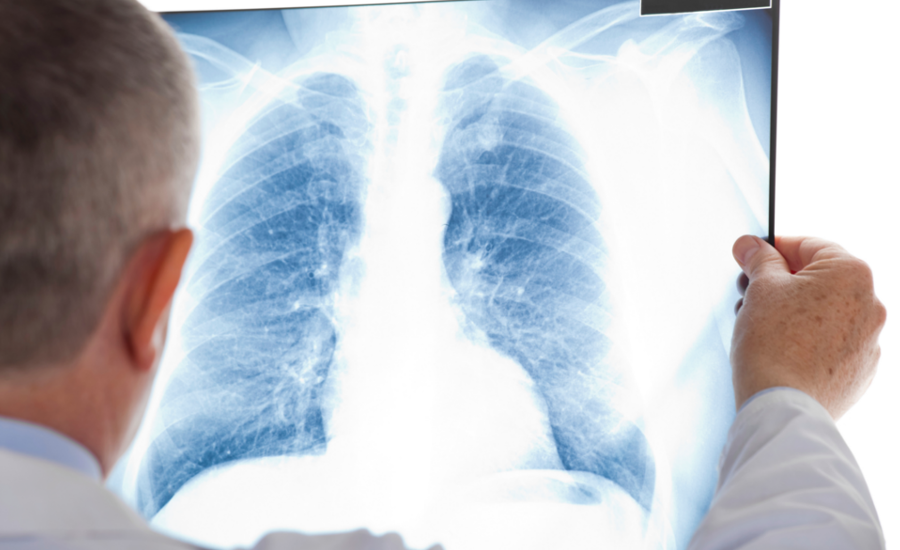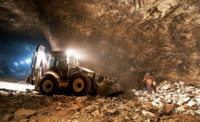Few miners with black lung disease request transfers

Credit: Getty Images
Although miners with evidence of black lung on their chest X-rays are eligible to request a job transfer, few do so, according to a recent study by the National Institute for Occupational Safety and Health (NIOSH).
Black lung disease refers to a group of lung diseases caused by breathing in coal mine dust. The disease can cause severe problems like shortness of breath, and can even be fatal, but limiting exposure to coal mine dust can prevent it. While often thought of as a disease of the past, it is still an important problem, especially for coal miners in the central Appalachian states of Kentucky, Virginia, and West Virginia.
Health surveillance program
NIOSH administers the Coal Workers’ Health Surveillance Program, first established in 1970. As part of the program, coal miners are offered periodic chest X-rays to identify early stages of a type of black lung disease, called pneumoconiosis, when steps can still be taken to prevent progression to severe disease. Miners with evidence of black lung on their chest X-rays are eligible to exercise the “Part 90 option,” which guarantees their right to work in a position at the mine with lower dust exposures (either through engineering controls at their current position or by transferring to a less dusty position) while keeping their regular rate of pay.
A recent NIOSH study published in the journal Archives of Environmental and Occupational Health found that a low proportion of eligible miners exercise their Part 90 rights. Among 3,547 coal miners who were eligible to request a transfer during 1981–2016, only 509 (or 14.4%) did so. Coal miners in central Appalachia were less likely to request a job transfer under the Part 90 option. Miners who had worked longer in coal mining were more likely to request a job transfer.
The study’s findings show the importance of informing miners about the risks of exposure to coal mine dust and their right to work in an environment free of dangerous dust exposures. Also, additional research is needed to understand and address barriers to Part 90 participation, so that more miners can take steps to protect themselves from developing symptomatic lung disease.
More information is available:
- Coal Miner Participation in a Job Transfer Program Designed to Prevent Progression of Pneumoconiosis, United States, 1986–2016
- NIOSH Coal Workers’ Health Surveillance Program
- U.S. Code of Federal Regulations, Title 30, Part 90 Mandatory Health standards—Coal Miners Who have Evidence of the Development of Pneumoconiosis
Looking for a reprint of this article?
From high-res PDFs to custom plaques, order your copy today!






